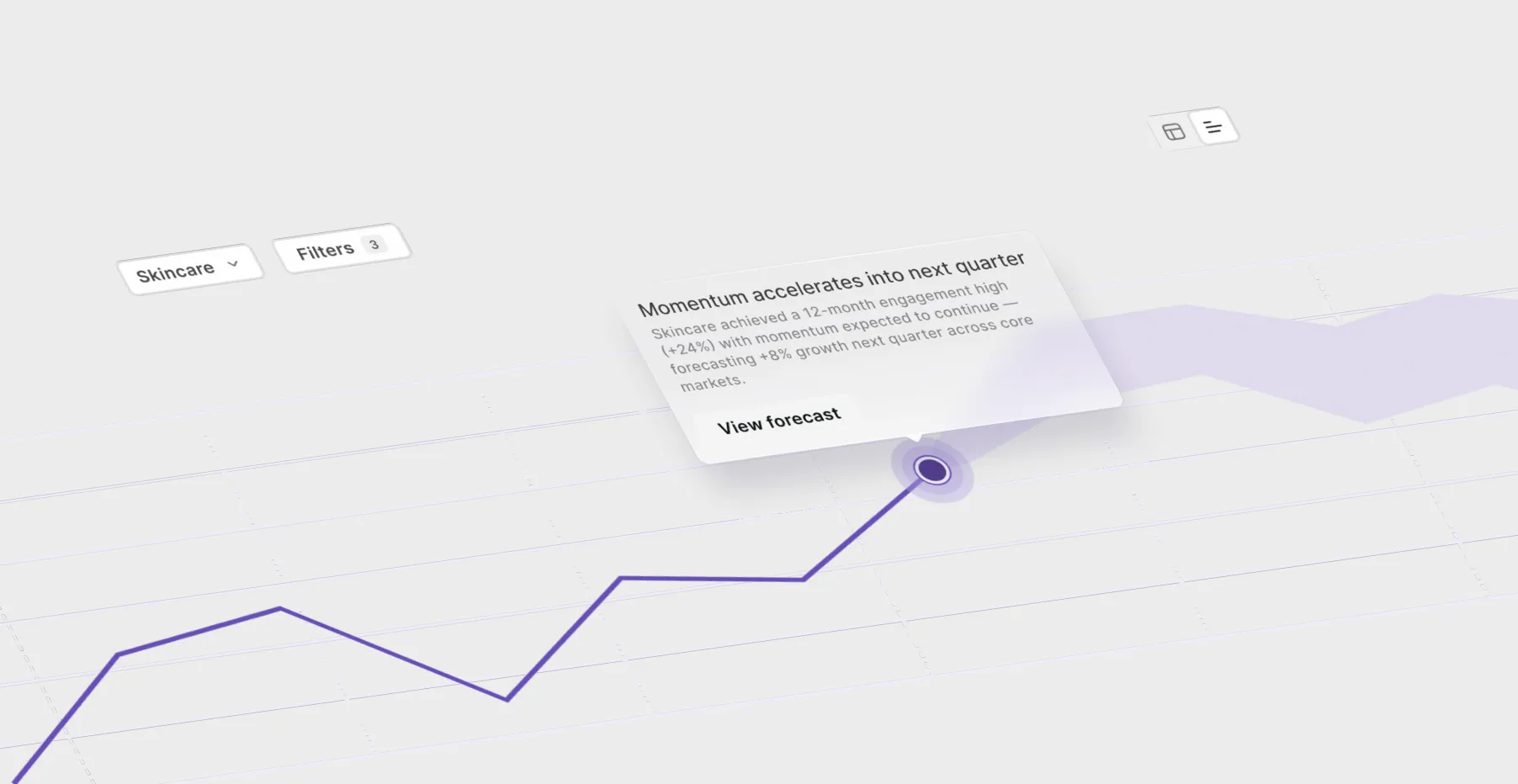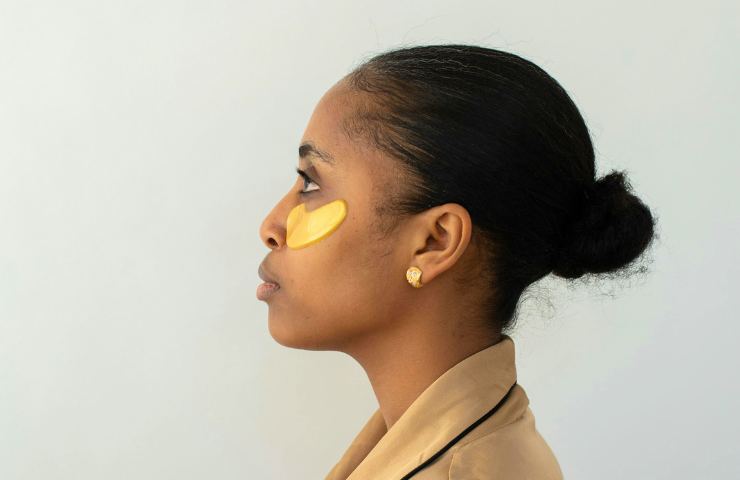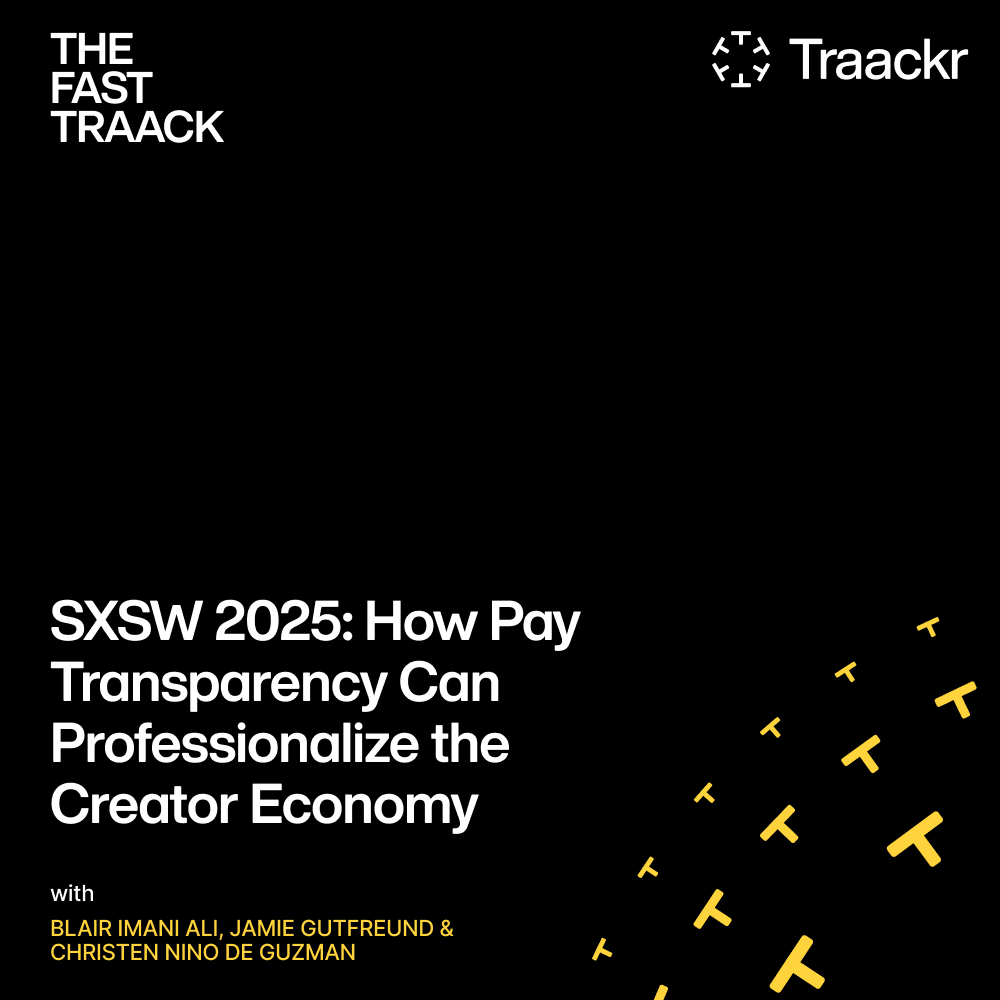Executives
Turn creator marketing into a strategic growth engine.
Traackr gives you clear, actionable insights to help you optimize your investments and crack the code to high-impact influencer marketing.

Type image caption here (optional) 

Type image caption here (optional) 
Type image caption here (optional) 
Type image caption here (optional)

Type image caption here (optional) 

Type image caption here (optional) 
Type image caption here (optional) 
Type image caption here (optional)

Type image caption here (optional) 

Type image caption here (optional) 
Type image caption here (optional) 
Type image caption here (optional)
Influencer budgets are rising— but so are expectations
As a marketing leader, you’re expected to deliver both reach and return. But many teams lack the data and structure to scale creator marketing with confidence. Traackr changes that.

Influencer marketing spend is growing 3X faster than social ad spend.
Surface insights to drive growth
Understand what impacts performance and forecast future results with structured data across brands, categories, and countries.

Ready to prove the impact of influence?


Type image caption here (optional) Influencer marketing is integral to full funnel consumer engagement in beauty. Traackr allows us to strategize beauty influencer marketing with critical data and insights.
Asmita Dubey
Chief Digital Marketing Officer
We chose Traackr to be the backbone of our influencer program because of its product completeness, unparalleled depth of data and global presence.
Santiago Garcia Solimei
Global Head of Social Media and PR
Traackr allowed us to standardize influencer marketing workflows and coordination across teams and regions. The results speak for themselves!
Kevin Maleterre
Vice President of B2C Marketing
Podcasts

Chantal Rochelle, Jazmine Robinson & Loren Lott: Strive for Friendships Not Virality
Events

Turn Viewers into Confident Shoppers with YouTube Creators
Blog
_Nick_Fancher_Photos_ID6169.jpg)
Unlocking Creator Value for Global Brands in the Age of AI

The UK’s New “Less Healthy” Food & Drink Ad Rules Just Changed Influencer Marketing

Rising and Top Influencers #Over40 in the Beauty Industry
Level up your creator marketing expertise
Get industry insights and updates straight to your inbox.


